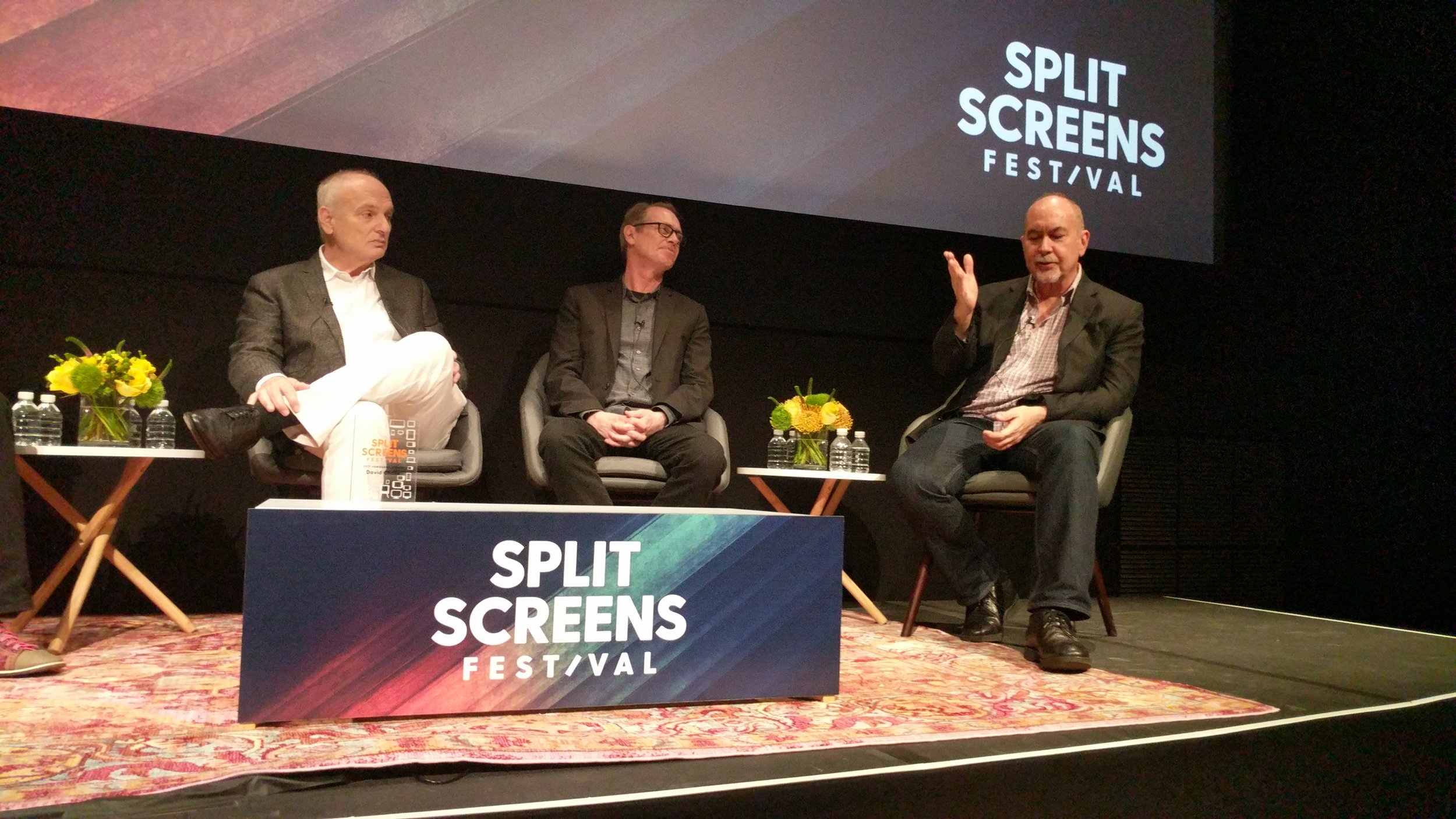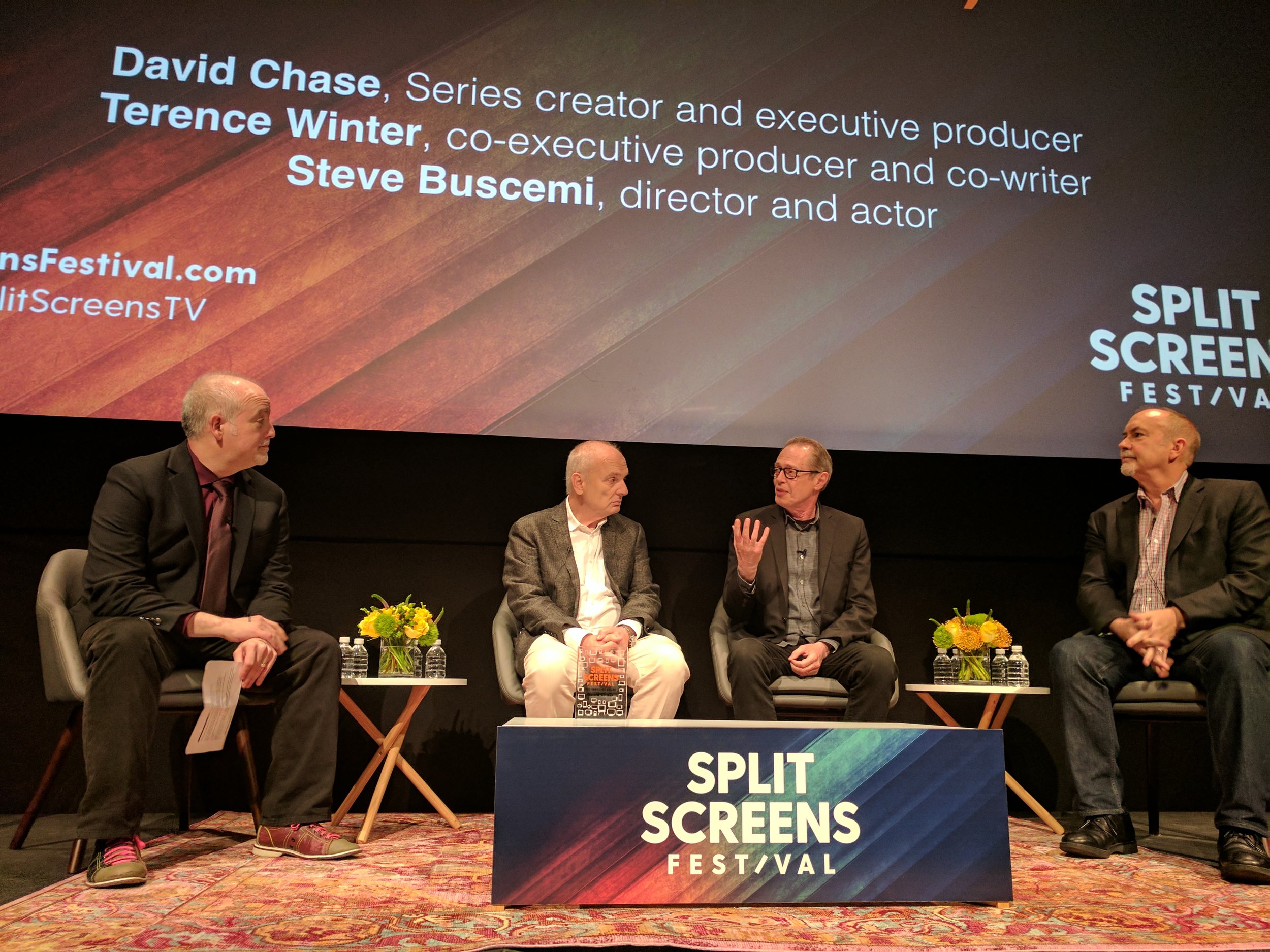David Chase’s gangster series shattered the industry’s preconceptions and showed what TV drama could be. Part crime thriller, part domestic drama, and part social satire, The Sopranos was also innovative in its structure. It split the difference between serialized, long-form storytelling, in which an entire season was united by ongoing plot strands, and more traditional TV narrative, where characters and conflicts were introduced at the start of an episode and resolved neatly at the end.
These qualities and more are exemplified by Season Three’s “Pine Barrens,” in which Paulie Walnuts and Christopher Moltisanti ineptly try to kill a Russian gangster in a snowy stretch of New Jersey forest, with an ending that is classic Sopranos, offering a conclusion at once inevitable and surprising—and also prankishly frustrating, denying both characters and viewers the closure they crave. In that respect, it feels like a harbinger of the show’s notorious 2007 cut-to-black ending, which Sopranos fans argue about to this day.
Yesterday at Split Screens Festival at IFC Center in NYC, the episode’s screenwriter (and executive producer on the show) Terence Winter and director Steve Buscemi presented David Chase with Split Screens’ first-ever Vanguard Award, then took us behind the scenes of one of the greatest of all Sopranos episodes. Here are some excerpts
How did the idea for the episode originated?
The episode has so much more than just "The Russian"
Why is "What happens to the Russian", not an important question.
How to make a great TV show - David Chase.




